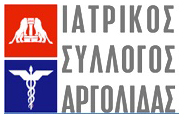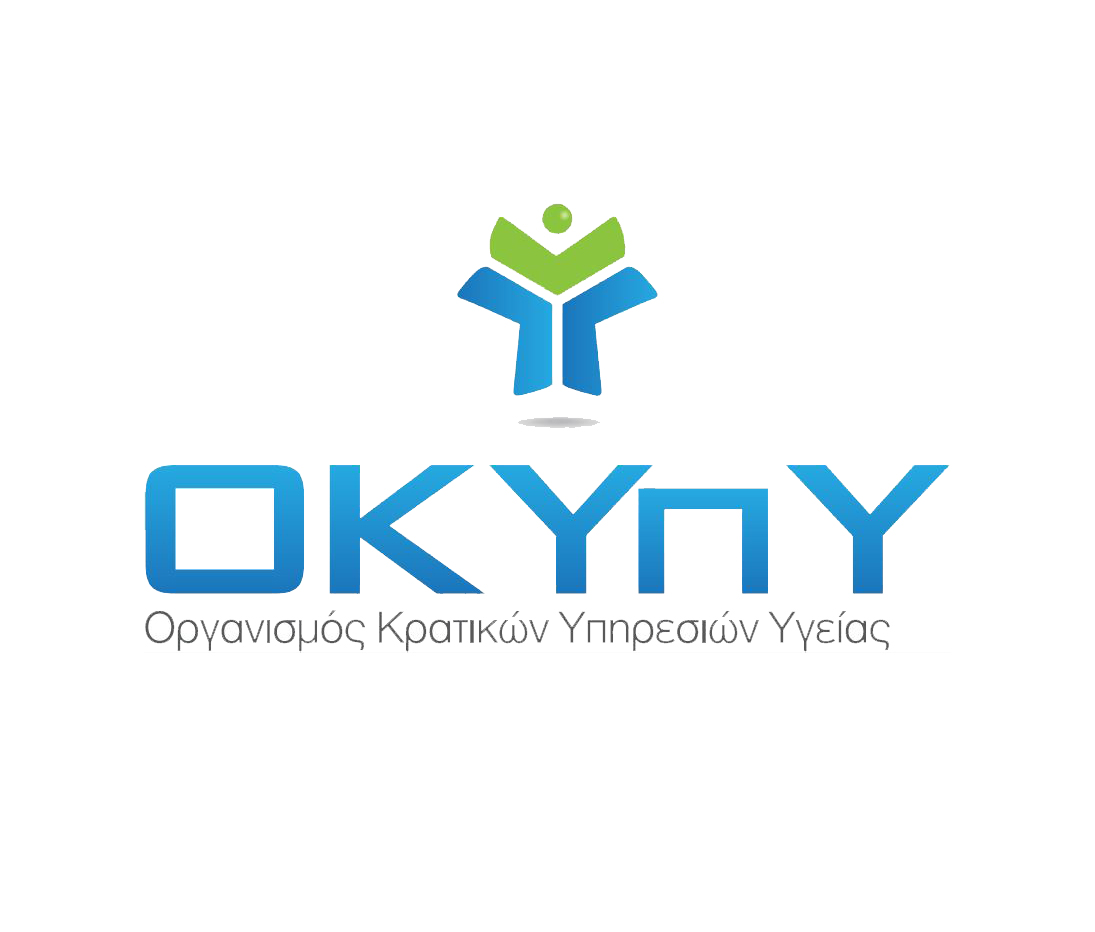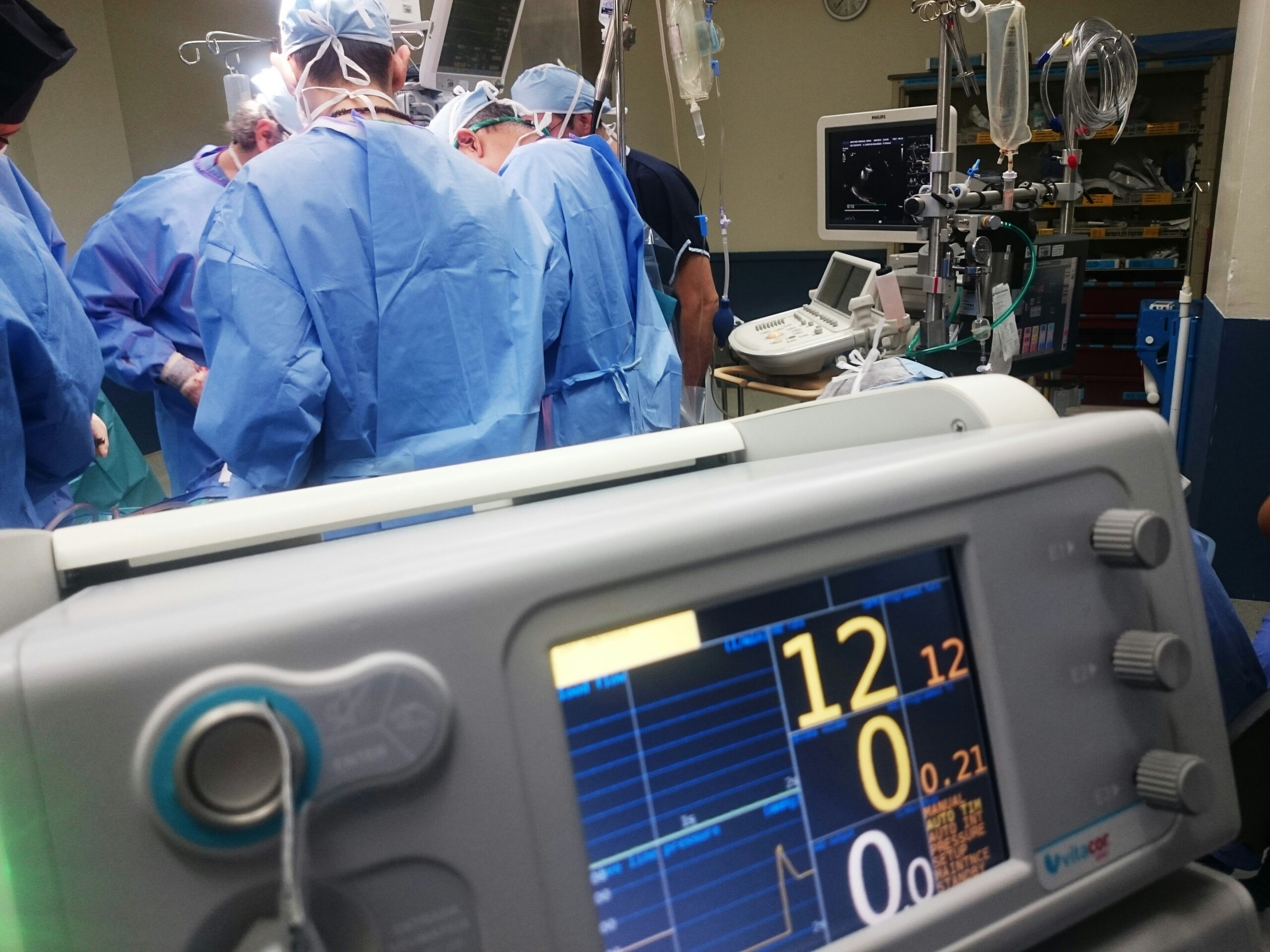What Is the Optimal Way to Measure Immunity to SARS-CoV-2?
The anti-spike-protein IgG3 response appeared best for distinguishing infected from uninfected individuals, while agreeing most closely with a standard viral neutralization test.
Several serologic assays are available for detecting antibody responses to SARS-CoV-2 infection; however, their sensitivity and specificity are limited and their correlation with viral neutralization (considered a marker of protective immunity) is unclear, thereby obscuring their interpretation. To examine this issue, researchers assessed antibody levels as detected by enzyme-linked immunosorbent assay (ELISA) of four viral antigens (the receptor binding domain [RBD], the spike protein, UV-inactivated SARS-CoV-2 virus, and the nucleocapsid protein [NP]), followed by a standard viral neutralization assay. Plasma from 15 individuals who had symptomatic COVID-19 and who were enrolled around 21 days after their positive PCR test were compared with 30 negative blood-bank samples obtained prior to December 2019.
Using criteria of high specificity, negative predictive value, low misidentification of subjects, and strong agreement with the plaque reduction neutralization test, ELISAs for RBD IgG, spike protein IgG3, and NP IgG all performed well — with the ELISA for spike protein IgG3 performing best.
Rathe JA et al. SARS-CoV-2 serologic assays in control and unknown populations demonstrate the necessity of virus neutralization testing. J Infect Dis 2020 Dec 25; [e-pub]. (https://doi.org/10.1093/infdis/jiaa797)








